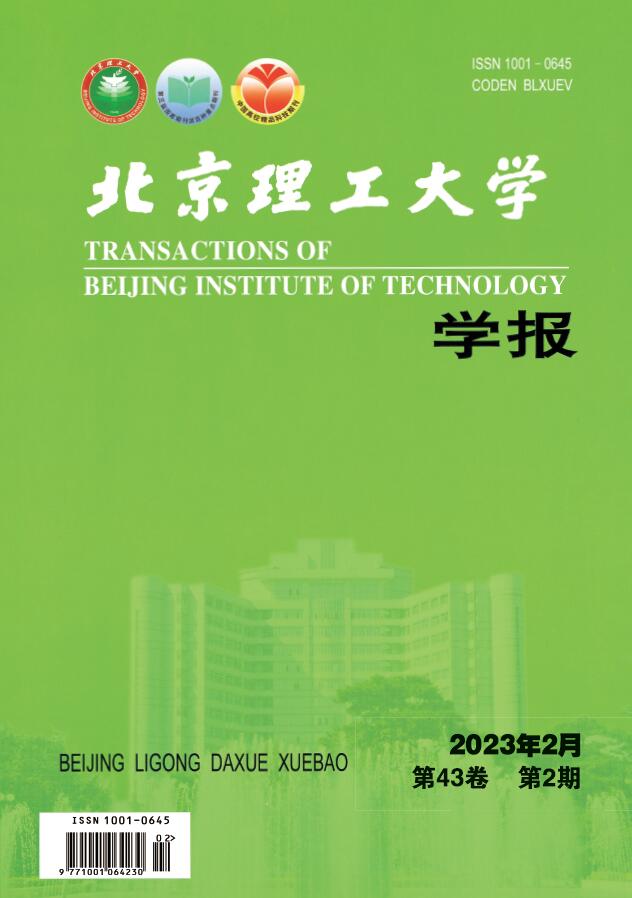2020 Vol. 40, No. 6
Display Method:
2020, 40(6): 581-591.
doi:10.15918/j.tbit1001-0645.2019.136
Abstract:
2020, 40(6): 592-601.
doi:10.15918/j.tbit1001-0645.2019.150
Abstract:
2020, 40(6): 602-608.
doi:10.15918/j.tbit1001-0645.2019.089
Abstract:
2020, 40(6): 609-616.
doi:10.15918/j.tbit1001-0645.2019.175
Abstract:
2020, 40(6): 617-622.
doi:10.15918/j.tbit1001-0645.2019.120
Abstract:
2020, 40(6): 623-631.
doi:10.15918/j.tbit1001-0645.2019.147
Abstract:
2020, 40(6): 632-639,682.
doi:10.15918/j.tbit1001-0645.2019.169
Abstract:
2020, 40(6): 640-647.
doi:10.15918/j.tbit1001-0645.2019.198
Abstract:
2020, 40(6): 648-654.
doi:10.15918/j.tbit1001-0645.2020.056
Abstract:
2020, 40(6): 655-660.
doi:10.15918/j.tbit1001-0645.2019.148
Abstract:
2020, 40(6): 661-666,686.
doi:10.15918/j.tbit1001-0645.2019.078
Abstract:
2020, 40(6): 667-673.
doi:10.15918/j.tbit1001-0645.2019.059
Abstract:
2020, 40(6): 674-682.
doi:10.15918/j.tbit1001-0645.2019.249
Abstract:
2020, 40(6): 683-686.
doi:10.15918/j.tbit1001-0645.2019.047
Abstract:
2020, 40(6): 687-690.
doi:10.15918/j.tbit1001-0645.2019.106
Abstract:


